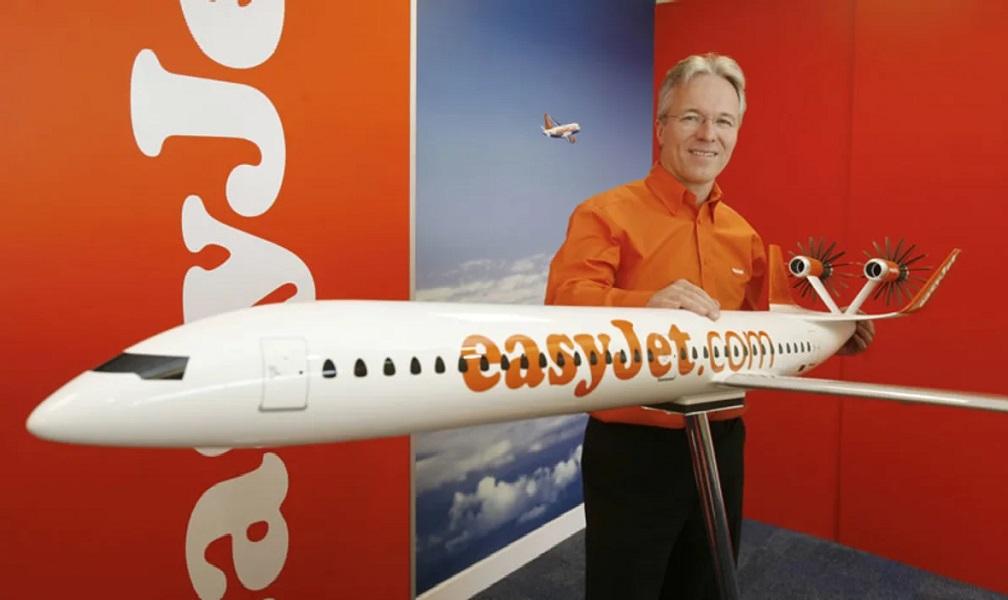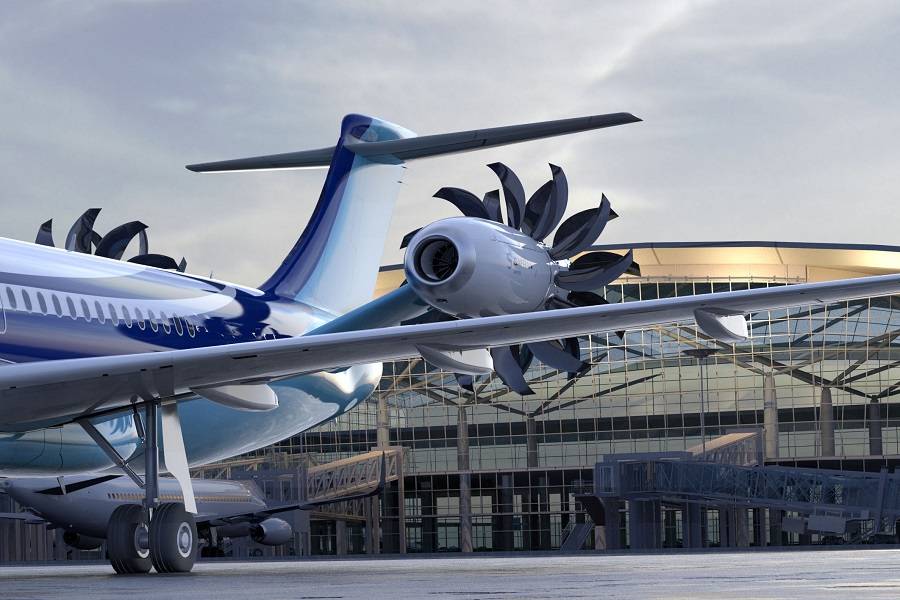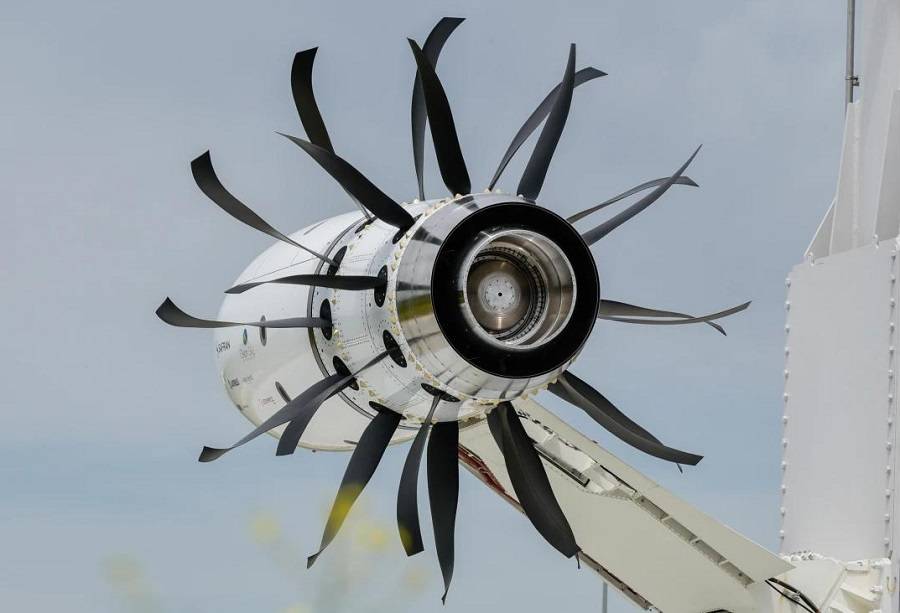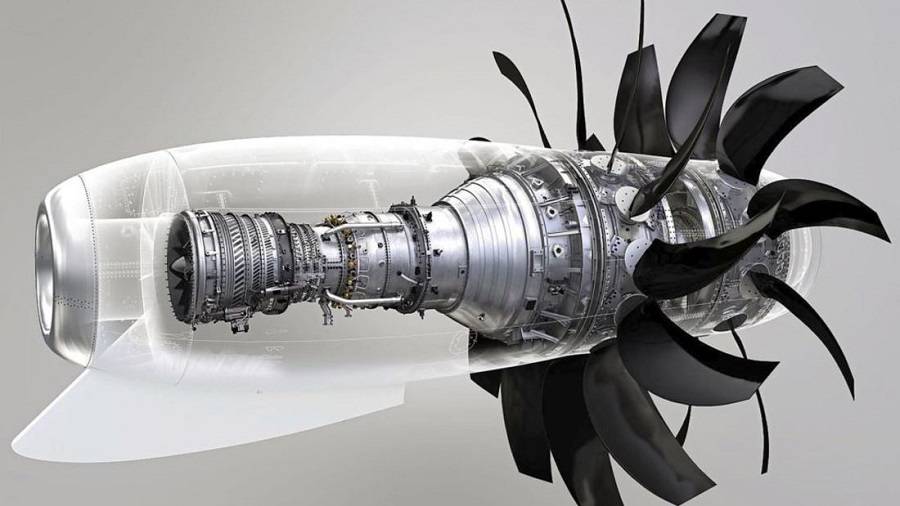The ecoJet, an easyJet idea for an efficient airliner, seemed a bit ‘too out there’ when it appeared nearly 14 years ago. But is it far-fetched now?
A recent article reminded us of this old concept. Back in June 2007, easyJet presented the world with ecoJet, their idea for a new, efficient airliner. They then claimed that it used technologies that were cutting-edge, but already existed. The airline claimed that once under way, such a project could be in the air by 2015. Well, it didn’t happen.

Still, easyJet had a point – the ecoJet’s technologies were not too far away. It had a fuselage that used composites. At the time, Boeing’s Dreamliner was over two years away from its first flight. But its technologies were no secret; Boeing was letting the world know that the composite fuselage alone was key in the new jet’s efficiency. The same was true for what would become the Airbus A350.
Where Have We Seen This Before?
Then we come to the easyJet ecoJet’s engines. And some of our readers may remember that we discussed something eerily similar recently. Boeing and General Electric called this concept an ‘Unducted Fan’. Others called it a ‘Propfan’. Safran now calls it an ‘Open Rotor’ design. The concept has evolved and its internals have taken advantage of interesting technologies. For instance, an internal gearbox has made the design even more efficient. The reduced speed also made it more quiet. To be clear: Safran did NOT come up with the idea of using a gearbox for such an application. Pratt & Whitney/Allison’s 578-DX had such a setup, already in the mid-1980s. However, as we explained in the previous article, many were still skeptical about gearboxes for such applications, at the time.

In easyJet’s design, the ecoJet had the engines sitting between two vertical stabilizers. This clearly meant to reduce noise. Earlier versions of these engines did indeed suffer from high noise output. But Safran’s lower fan speeds, in combination with carefully shaped blade tips, reduced noise levels immensely. Safran claimed that its test engine was as noisy as a modern CFM LEAP-1 engine.
Boeing had previously worked on a concept similar to the easyJet ecoJet. It’s quite likely that easyJet based their work around it. It, too, featured such engines, albeit with a different tail design. Boeing’s unofficial name for this concept was the ‘Fozzie’. Like the ecoJet, it also had a lower cruise speed, and a simpler wing design. This is a small compromise, but it would grant an efficiency gain of 10%.

Efficiency Gains Of The EasyJet EcoJet
The easyJet ecoJet would gain 25% extra efficiency from the engines, 15% from its use of composites and that 10% from the lower speed. Those numbers are in-line with developments since, at least on the engine side. CFM got 15% better efficiency with the LEAP-1, compared to the CFM-56 that easyJet knew of, in 2007. Safran claimed 15% better efficiency with the Open Rotor, compared to the LEAP-1. Cumulatively, this is 27.75%.
Gains from composites might be more debatable, at least for the fuselage. We have seen new designs like the CSeries/A220 or the Mitsubishi SpaceJet ‘eschewing’ composites, for a jet of this size. On the other hand UAC is working on the MC-21, a single-aisle making extensive use of composites. And claiming gains in efficiency as a result.

In any case, it is probably fair to say that a design like easyJet’s ecoJet, would stand a better chance of becoming reality, with time. Of course right now might not be the most favourable time. And in any case, Safran actually first run its Open Rotor engine prototype in 2017.
…but as we saw recently, Boeing is looking for a ‘substantially differentiated’ product!




2 comments
Andre T
Interesting when turbo propfans the GE/Safran engine but in 1980’s there was the Pratt & Whitney/Allison 578-DX and it was geared. This article and other referenced make it sound like Safran came up with the geared propfan. I believe Safran’s geared propfan is being used to challenge Pratt Whitney’s geared turbofan patent.
Spyros
Good point about the 578-DX. The other article did point out the skepticism for gearboxes in such applications, back in the 80s. Regarding the patent challenge… I guess it’s possible, but the Safran test engine first ran in 2017. GE’s challenge on P&W/Raytheon’s GTF patent, as far as we know, started in 2020. Also, what does the Safran project prove (to help the patent challenge)? If P&W/Allison tested the same technology in 1985, doesn’t this example reinforce their point, rather than GE’s?